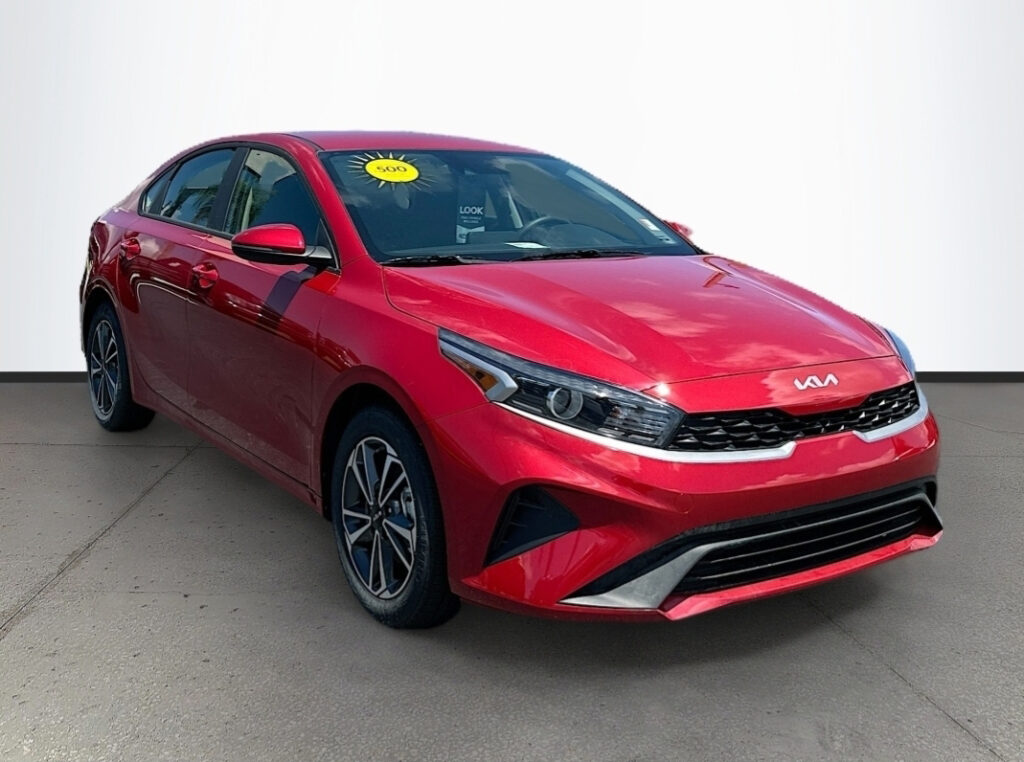Technical aspects:
- High-Quality Images: Use high-resolution photos that are clear and free of blur or grain. This allows viewers to zoom in and appreciate the details.
- Composition: Employ basic composition rules like the rule of thirds or leading lines to create visually interesting photos that draw the viewer’s eye.
- Lighting: Proper lighting is essential. Using diffused artificial light to avoid harsh shadows with the correct color temperature.
- Editing (Optional): Basic editing like adjusting brightness, contrast, and white balance can enhance your photos. However, avoid over-editing and maintain a natural look.
Content and Creativity:
- Relevance: Photos should directly relate to your brand or the topic of your post.
- Storytelling: Use photos to tell a story, evoke emotions, or create a sense of curiosity.
- Variety: Incorporate a variety of photo types like close-ups, wide shots, and action shots to keep your audience engaged.
- Uniqueness: Stand out from the crowd with unique photo concepts, angles, or perspectives.



Engagement Strategies:
- Captions: Write compelling captions that tell a story behind the photo, ask questions, or encourage interaction.
- Hashtags: Use relevant hashtags to increase discoverability and reach a wider audience.
- Calls to Action: Prompt viewers to like, comment, or share your photos.
Additional Tips:
- Post Consistently: Maintain a consistent posting schedule to keep your audience engaged.
- Target the Right Audience: Tailor your photos to resonate with your ideal audience’s interests and preferences.
- Post on Different Platforms: Share your photos on various social media platforms to maximize reach.
- Analyze and Adapt: Track your photo performance and adapt your strategy based on what resonates with your audience.
By focusing on these key points, you can create high-quality, engaging photos that capture attention, spark conversations, and ultimately drive results online.








